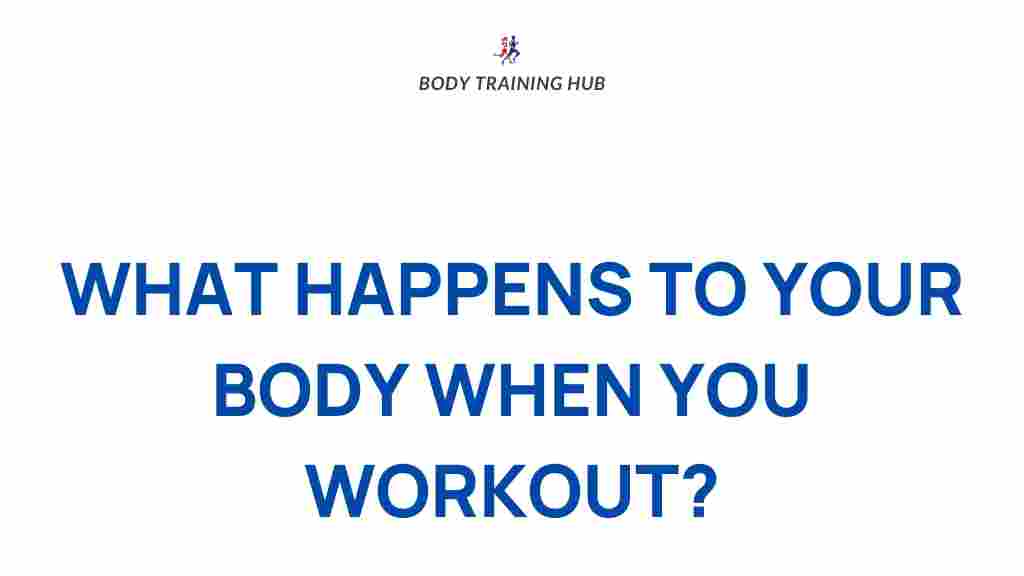Unveiling the Mysteries of Exercise: Understanding Its Effects on the Body and Mind
Exercise is widely known as a key component of a healthy lifestyle. It plays an essential role in improving overall well-being, but many are still unaware of the full range of benefits it offers. From boosting physical health to enhancing mental clarity, exercise impacts nearly every aspect of our lives. This article will delve into the profound effects of exercise, exploring how it works, the different types of exercise, and why it is crucial for your long-term health.
The Science Behind Exercise
When we talk about exercise, we’re referring to any physical activity that requires the body to exert energy. The science behind exercise is rooted in its ability to engage and stimulate various systems of the body, including the cardiovascular, muscular, and nervous systems. Regular exercise strengthens these systems, promoting efficiency and resilience.
- Cardiovascular system: Exercise improves heart health, enhancing the delivery of oxygen to tissues and organs.
- Musculoskeletal system: Strength training and resistance exercises help build muscle mass and bone density, reducing the risk of osteoporosis.
- Endocrine system: Exercise regulates hormones like insulin, adrenaline, and growth hormones, which are crucial for metabolism and stress management.
Different Types of Exercise and Their Benefits
Exercise can be categorized into several types, each offering unique benefits to the body. Understanding the various forms of exercise can help you tailor your workout routine to meet specific health goals.
- Aerobic Exercise: Activities like running, swimming, or cycling that improve cardiovascular endurance. Aerobic exercise enhances heart function, lowers blood pressure, and boosts metabolism.
- Strength Training: Weightlifting, resistance bands, and bodyweight exercises that build muscle strength, endurance, and improve joint function. It also helps with weight management by increasing muscle mass.
- Flexibility and Balance Exercises: Yoga and Pilates promote flexibility, balance, and improve posture while reducing the risk of injury.
- High-Intensity Interval Training (HIIT): Short bursts of intense exercise followed by rest periods. HIIT has been shown to improve cardiovascular fitness and burn fat in less time than traditional aerobic exercises.
Why Exercise Is Vital for Mental Health
Exercise doesn’t just benefit the body—it also has profound effects on mental health. Physical activity stimulates the release of endorphins, which are chemicals in the brain that help improve mood and reduce stress. Regular exercise has been linked to:
- Reduced symptoms of depression and anxiety
- Improved self-esteem and body image
- Enhanced cognitive function and memory
- Increased energy levels and better sleep
How Exercise Improves Longevity
Studies have shown that regular exercise is a key factor in increasing lifespan. It helps prevent chronic diseases such as heart disease, diabetes, and cancer, and it improves quality of life as you age. The *ultimate* goal of exercise isn’t just to live longer, but to live better, with increased mobility, vitality, and independence.
Engaging in consistent physical activity also combats the aging process by enhancing cellular function. Regular exercise promotes the regeneration of muscle cells, helps maintain bone density, and improves vascular health. These factors contribute to a greater chance of living a long, healthy life.
How to Incorporate Exercise into Your Daily Routine
Incorporating exercise into your daily routine doesn’t require hours at the gym. Even small amounts of activity can lead to significant health benefits. Here are some simple steps to get started:
- Set Clear Goals: Whether it’s running a 5k or simply staying active for 30 minutes a day, having a specific goal helps you stay motivated.
- Start Slow: If you’re new to exercise, begin with low-intensity activities like walking or stretching, and gradually increase the intensity.
- Mix It Up: Combining different types of exercises—cardio, strength training, and flexibility work—ensures a balanced fitness regimen.
- Consistency is Key: Aim for at least 150 minutes of moderate-intensity exercise or 75 minutes of vigorous-intensity exercise per week.
- Track Your Progress: Use a fitness tracker or journal to log your workouts and track improvements over time.
Common Exercise Challenges and Troubleshooting Tips
While exercise offers numerous benefits, many people face challenges in maintaining a consistent workout routine. Let’s look at some common problems and how to overcome them:
- Lack of Time: If time is a constraint, opt for shorter but more intense workouts like HIIT. Even 20-30 minutes can make a big difference.
- Low Motivation: Find a workout buddy or join a group class to stay accountable. You can also try setting rewards for reaching milestones.
- Plateaus: If you stop seeing progress, try changing your routine. Add new exercises, increase intensity, or try a different type of activity.
- Risk of Injury: Warm up before exercise, use proper form, and don’t push beyond your limits. If you’re unsure of your technique, consult a professional.
The Importance of Recovery
Equally important as exercising is recovery. Rest allows the muscles to repair and grow, preventing overtraining and injuries. Some recovery practices include:
- Active Rest: Light activities like walking or stretching can help keep the body moving without straining it.
- Sleep: Adequate sleep is essential for muscle repair and overall recovery.
- Hydration and Nutrition: Drink plenty of water and eat nutrient-dense foods to fuel your body for recovery.
To explore more about fitness and health, visit Healthline’s Fitness Section.
Conclusion: The Transformative Power of Exercise
In conclusion, exercise is more than just a physical activity; it is a life-changing practice that benefits both the body and mind. The *ultimate* benefits of regular exercise extend far beyond aesthetic goals—they enhance health, increase longevity, and improve quality of life. By committing to regular physical activity, you are investing in a healthier, happier future. Start small, stay consistent, and watch as your body and mind transform over time.
For more information on different types of exercises and health tips, feel free to explore more articles on our blog.
This article is in the category Body & Weight Goals and created by BodyTraining Team
